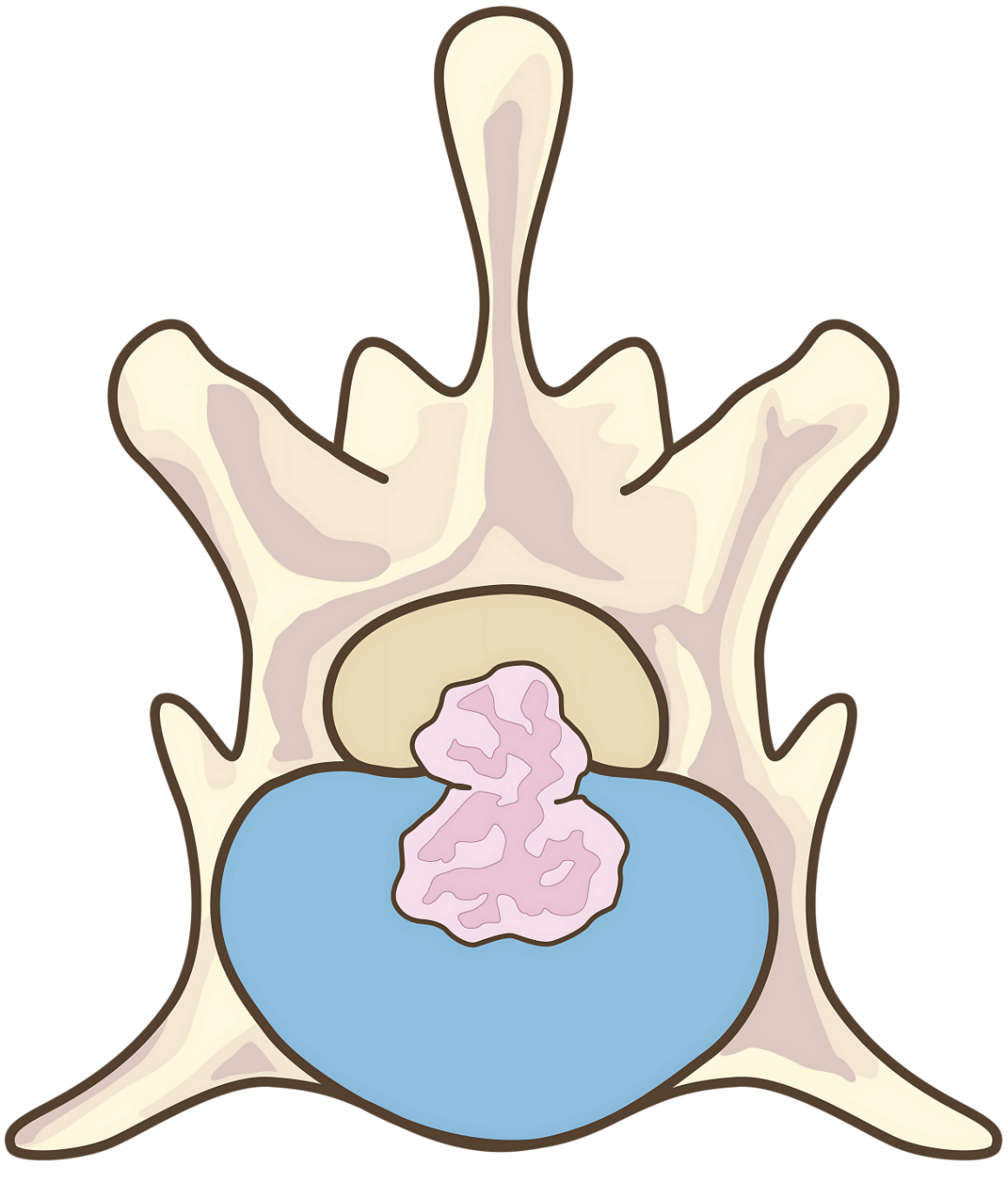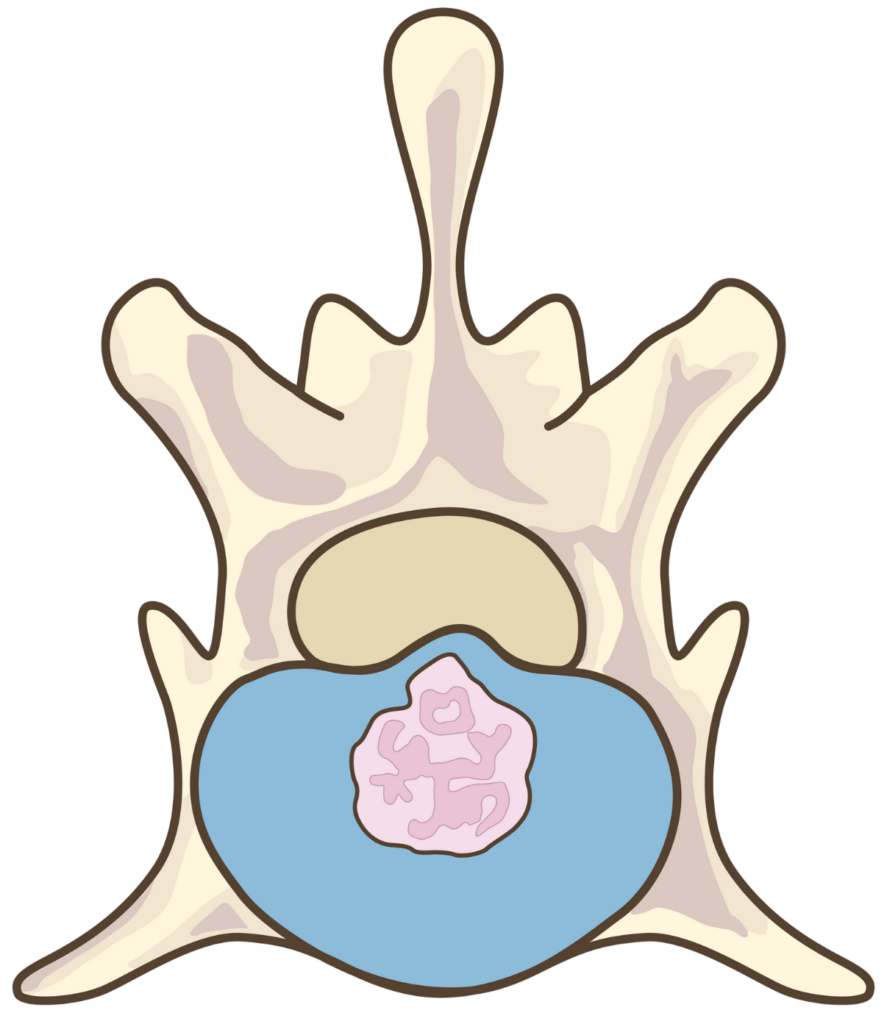What is an Intervertebral Disk?
The spinal cord is a vital part of our body, and damage to it results in scar tissue instead of nerve cell regeneration. It’s protected by the spinal canal, formed by vertebrae, with intervertebral disks between them. These disks, like jelly donuts, have a tough outer layer (annulus fibrosus) and a soft center (nucleus pulposus), acting as shock absorbers to facilitate movement and prevent bone friction.
What is Intervertebral Disk Disease (IVDD)?
Intervertebral Disk Disease (IVDD) is a common spinal issue in dogs, less so in cats. It can occur anywhere along the spine but is most common in the neck (cervical spine) and mid-back (thoracolumbar region). While disk degeneration itself isn’t always problematic, issues arise when disk material compresses the spinal cord or nerve roots, leading to pain and potential mobility problems.
Type I vs. Type II Disk Disease
There are two basic types of disk degeneration referred to as chondroid (Hansen Type I) or fibroid (Hansen Type II). Hansen Type I disk degeneration occurs when the normally shock-absorbing, jelly filled center (nucleus pulosis) becomes calcified.
Type I disk disease occurs most commonly in small-breed dogs (specifically chondrodystrophic), including Dachshunds, Beagles, Basset Hounds, Shih-Tzu’s, Pekingese, Lhasa Apso and French Bulldogs, to name a few. Dogs with Type I disk disease are typically younger and they typically show sudden symptoms.
Fibroid or Hansen Type II disk degeneration occurs when the outer fibrous rings (annulus fibrosis) progressively thicken and begin to protrude into the spinal canal. This type of disk disease is more commonly seen in older, large-breed dogs, including Doberman Pinschers, German Shepherd Dogs, Labrador Retrievers and Rottweilers.
Dogs are usually >5 years old when affected and signs of neurologic dysfunction tend to be more slowly progressive over a period of weeks to months, though sudden onset is possible.


How is IVDD Diagnosed?
IVDD is diagnosed through a combination of factors: the dog’s age, breed, medical history, and a thorough neurologic exam. CT scans or MRI provide definitive diagnosis by showing exactly where and how severely the disk is affected.
How is IVDD treated?
Treatment for disk disease depends on how severe your pet’s symptoms are and their medical history. There are two main approaches to treatment: medical and surgical.
Medical treatment is typically the first choice for pets that are still able to walk on their own and those experiencing mainly back pain with mild nerve-related symptoms. This approach focuses on managing pain and inflammation with medications, combined with strict rest. Just like with diskospondylitis, rest is crucial – your pet will need to be confined to a crate or small space for several weeks to allow proper healing and prevent further injury.
Surgery becomes necessary in several situations: when pets have recurring back pain, when they’re not responding well to pain medications, or when they’re showing serious nerve-related problems (like difficulty walking or loss of muscle function). Some pets may need surgery right away if their symptoms are particularly severe.
What is the Prognosis for IVDD?
Recovery chances depend on treatment type and symptom severity. With medical treatment alone, success rates range from 80% (for mild cases) to 21% (for severe cases). Surgical outcomes for Type I herniations are particularly promising: 80-95% success rate when dogs still have feeling in their limbs, though this drops to about 50% without sensation. Neck (cervical) surgeries have an impressive 99% success rate, regardless of initial symptom severity, making early intervention crucial for the best outcome.
